
Members
Involvement of key members
Since its creation, the Fédération Nanosats has had 12 institutional members, including 3 space centres and 9 research units. As individuals, more than 130 members joined the Fédération Nanosats in its first year, demonstrating a clear interest in and a need for a common body to promote scientific nanosatellites.
Space centers
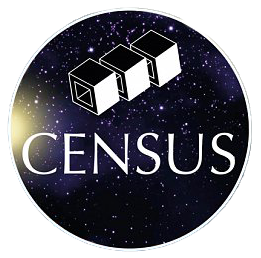
Based at the Observatoire de Paris-PSL, the Centre pour les nanosatellites en sciences de l’Universe (CENSUS) is the space centre of the Université Paris Sciences Lettres (PSL) and a centre of expertise of the Observatoire de Paris-PSL. As such, it supports all the nanosatellite projects of the laboratories of all the PSL establishments.
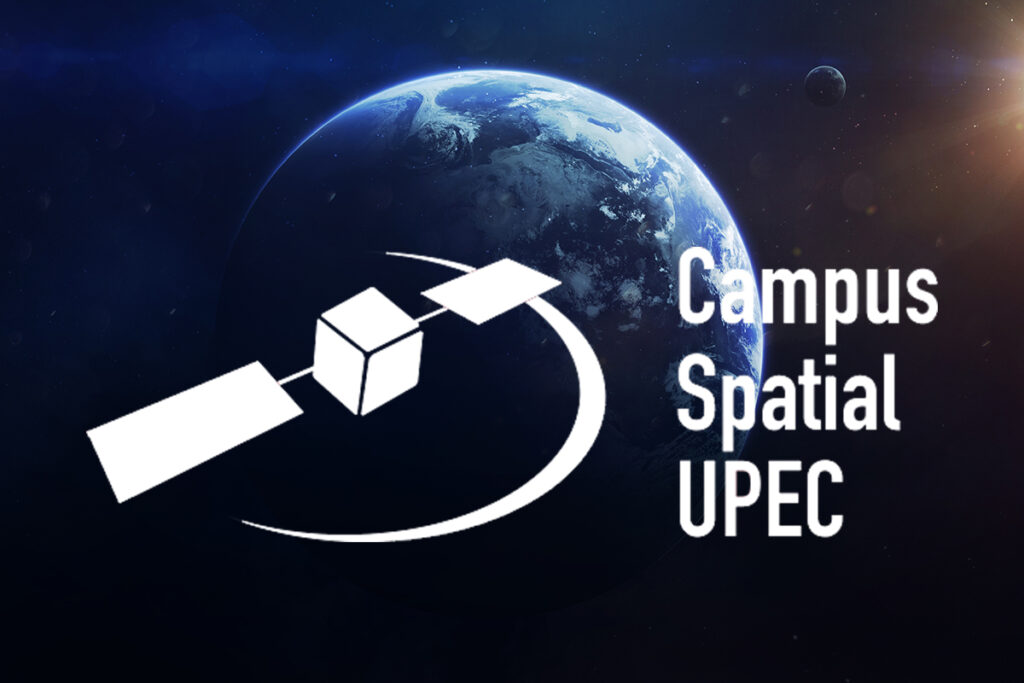
The space campus of university Paris Est Créteil (CS-UPEC) promotes space studies through the design of space instruments and nanosatellites.
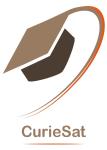
CurieSat is Sorbonne Université’s student space centre, which supports the nanosatellite projects of the university and its laboratories.
Research units

The Laboratoire astroparticules et cosmologie (APC) is a research laboratory focusing on cosmology, gravitation, high-energy astrophysics and particle physics.
Supervisory bodies: CNRS, université Paris Cité, CEA, Observatoire de Paris PSL, CNES
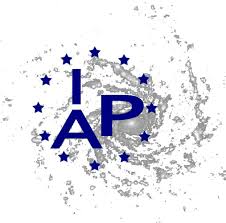
The Institut d’astrophysique de Paris (IAP) is an internal school of Sorbonne Université whose research focuses on the formation of planetary systems and the search for extrasolar planets, stellar physics, the evolution of galaxies, large-scale structures, observational and theoretical cosmology, the physics of the primordial Universe and extreme energy phenomena.
Supervisory bodies: CNRS, Sorbonne Université

The Institut de physique du globe de Paris (IPGP) is a geosciences research establishment focused on the study of the Earth and planets, from the core to the most superficial fluid envelopes, through observation, experimentation and modelling.
Supervisory bodies: CNRS, IPGP, université Paris Cité
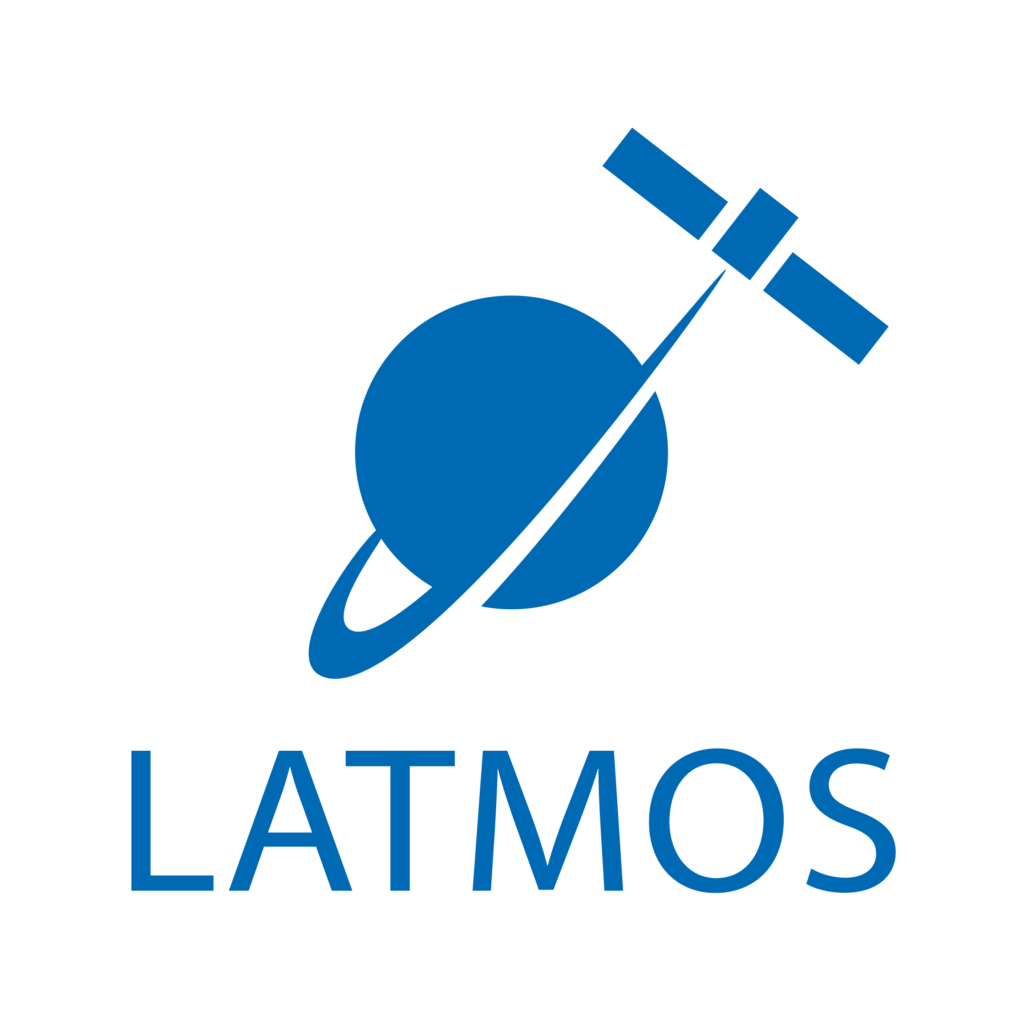
The Laboratoire atmosphères et observations spatiales (LATMOS) is a research laboratory specialising in the study of the physico-chemical processes governing the Earth’s and planetary atmospheres and their interfaces with the surface, the ocean and the interplanetary environment.
Supervisory bodies: CNRS, université Versailles Saint-Quentin-en-Yvelines, Sorbonne Université, CNES

The Laboratoire d’instrumentation et de Recherche en Astrophyisique (LIRA) studies astrophysical objects, from the Solar System to our Galaxy and beyond, through its five thematic clusters. Through international collaboration and instrumental innovation, it pushes back the frontiers of science and contributes to the training and dissemination of knowledge.
Supervisory bodies: CNRS, Observatoire de Paris – Université Paris Sciences & Lettres, Sorbonne Université, Université Paris Cité, Université Cergy Paris

The Laboratoire interuniversitaire des systèmes atmosphériques (LISA) is a research laboratory dedicated to understanding the functioning of the Earth’s and the planet’s atmospheres, and the impacts of changes in atmospheric composition caused by human activities.
Supervisory bodies: université Paris-Est Créteil, université Paris Cité, CNRS

The Laboratoire Temps Espace (LTE) is dedicated to the study and realisation of space-time reference systems and their applications to fundamental physics testing. In particular, it aims to improve knowledge of the solar system and its exploration, and carries out research directly necessary to its public service mission. It is also involved in the history of science as it relates to astronomy.
Supervisory bodies: Observatoire de Paris – université Paris Sciences & Lettres, CNRS, Laboratoire national de métrologie et d’essai, Sorbonne Université, université de Lille
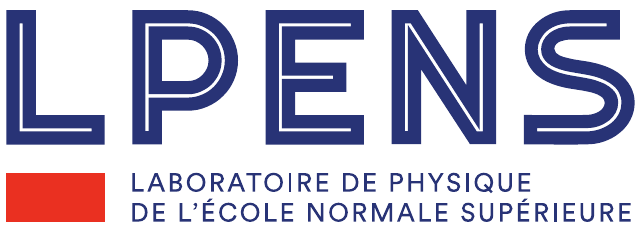
The Laboratoire de physique de l’École normale supérieure (LP-ENS) is an interdisciplinary fundamental research laboratory specialising in physics and its interfaces. Its scientific activities cover astrophysics, cosmology and gravitation, biophysics, fluids and interfaces, fundamental interactions, quantum materials and devices, and statistical physics.
Supervisory bodies: ENS, CNRS, Sorbonne Université, université Paris Cité

The Observatoire de Paris is a Grand établissement with a mission to conduct research, provide training and disseminate knowledge. Structured into 3 scientific departments, 3 science services, 2 centres of scientific expertise and shared services, the Observatory conducts research covering all fields of contemporary astronomy and astrophysics.
This is the support unit for the Nanosats Federation.